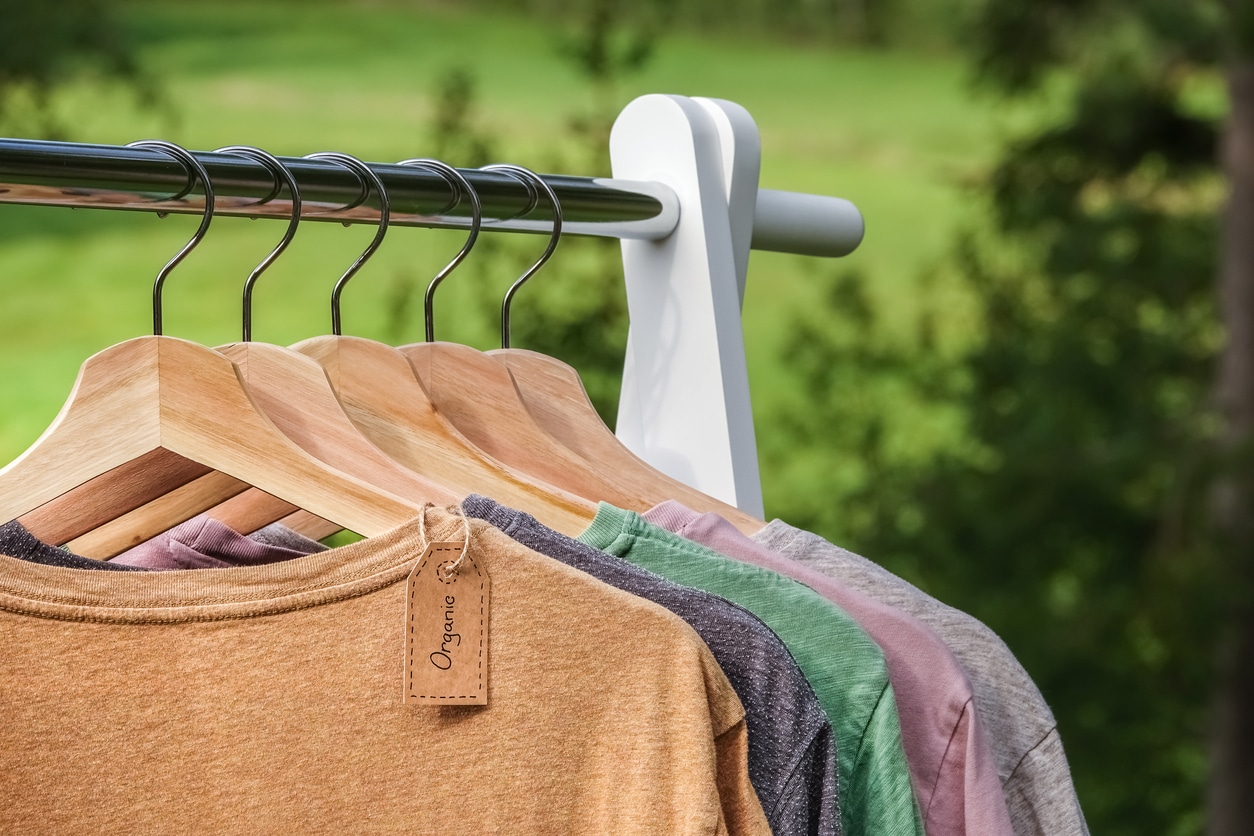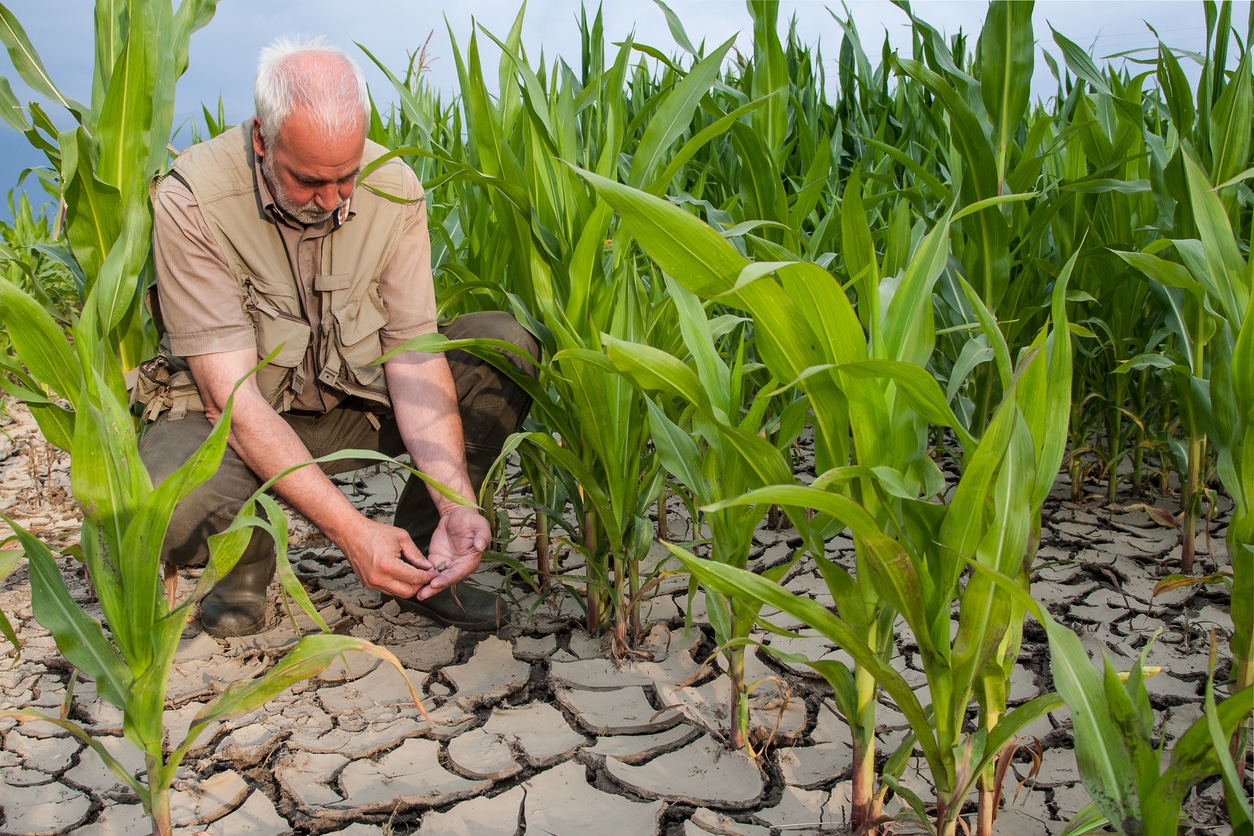
Are Eco-Labels Regulated? Knowing How to Trust Sustainable “Promises”
As global awareness of environmental issues grows, consumers are seeking sustainable and eco-friendly products so they can help reduce their carbon footprint. In response to this growing demand, many companies are using eco-labels to highlight the environmental benefits of their products. However, critical questions arise — are these eco-labels regulated? How can consumers trust the sustainability promises companies make?
What Are Eco-Labels?
Eco-labels are symbols or certifications displayed on products to indicate they meet specific environmental or sustainability standards. These labels are intended to guide consumers toward making more environmentally conscious choices.
Some examples of common eco-labels include:
- Energy Star
- LEED
- Forest Stewardship Council (FSC)
- 100% Organic
- Green Seal Certified
- Fair Trade Certified
- Marine Stewardship Council (MSC)
- Non-GMO Project Verified
How Are Eco-Labels Regulated?
While numerous eco-labels are on the market, not all are subject to strict regulations. The level of oversight associated with eco-labels can vary widely. Rigorous third-party certifications back some, while others may be self-awarded by companies without independent verification.
Government agencies, non-profit environmental advocacy organizations and private sector entities can own and manage eco-labels. One key factor in determining the credibility of an eco-label is whether it’s backed by reputable third-party certification. Independent organizations play a crucial role in verifying products meet specific environmental and ethical criteria. These certifications involve thorough audits and assessments to ensure compliance with established standards.
In some cases, governments play a role in regulating eco-labels to prevent greenwashing — the deceptive practice of exaggerating or falsely claiming the environmental benefits of a product. Regulatory bodies may set criteria for eco-labels and establish penalties for false claims. However, the extent of governmental regulation varies between countries.
How Do Global Standards Vary?
Eco-labels often have varying standards and prevalence across different countries, including the U.S. The differences often reflect the unique environmental priorities, regulatory frameworks and consumer expectations in each region.
The U.S. has a multitude of eco-labels, each addressing specific aspects of sustainability, such as USDA Organic for organic food. The absence of a unified, national standard for sustainability has led to a diverse range of labels, some of which may lack stringent criteria.
However, in the European Union, there’s an effort to standardize eco-labels through initiatives like the EU Ecolabel. This aims to create a consistent and recognizable label across member countries, streamlining the process for consumers and businesses. There are currently 37,000 products with this label in the EU market.
What Are the Challenges?
Despite efforts to regulate eco-labels, challenges persist. The lack of a unified global standard for sustainability makes it challenging for consumers to navigate the multitude of labels.
Additionally, some companies engage in greenwashing, employing misleading marketing tactics to create a false impression of environmental responsibility. This further emphasizes the importance of relying on reputable third-party certifications.
What Can Consumers Do to Shop More Sustainably?
Consumers also play a role by making informed choices regarding their purchasing habits. Whether it’s clothing, food or household items, every decision — big or small — contributes to the overall environmental impact. Here are some practical steps consumers can take on their journey toward sustainable living:
Educate Themselves on Eco-Labels
Take the time to research and understand the various eco-labels commonly found on products. Learn about the criteria and standards associated with each label. Look for labels backed by reputable third-party certifications, which are more likely to indicate genuine sustainability.
Prioritize Third-Party Certifications
Give preference to products carrying third-party certifications from recognized organizations like the Rainforest Alliance or Fair Trade. These certifications involve independent verification, ensuring the product meets specific environmental and ethical standards.
Look for Government-Backed Labels
In regions where governmental regulations exist, pay attention to eco-labels that comply with official standards. These labels are often subject to stricter oversight and may carry legal consequences for false claims.
Research Company Practices
Investigate the sustainability practices of the companies behind the products you purchase. Look for transparency in the supply chain, environmental initiatives and ethical business practices. Companies openly sharing information about their efforts toward sustainability are more likely to be committed to ethical practices.
Which Brands Have Eco-Labels?
As the global focus on sustainability intensifies, an increasing number of brands are embracing eco-friendly practices and proudly displaying eco-labels on their products. Some of these brands include:
Patagonia
Patagonia stands out as a sustainability pioneer in the apparel industry. The company is committed to minimizing its environmental impact through various initiatives. Patagonia promotes fair labor practices, using organic and recycled materials in its clothing to reduce the ecological footprint.
The brand also encourages repair and reuse, offering repair services for its products and advocating for a shift away from a throwaway culture. Patagonia’s commitment to environmental and social responsibility is evident in its supply chain transparency, support for fair wages and continuous efforts to reduce energy consumption and waste throughout its operations.
Wilsonart
Wilsonart, a leading manufacturer of engineered surfaces, has embraced sustainability in its production processes. The company focuses on responsible sourcing of raw materials, prioritizing recycled and renewable resources. They also employ innovative manufacturing techniques to minimize waste and energy consumption.
Wilsonart has third-party sustainability documentation and disclosures, among other certifications like Indoor Air Quality (IAQ) and FSC, showcasing their commitment to sustainability.
McCormick & Company Inc.
McCormick, a global leader in the spice and flavor industry, has demonstrated a commitment to sustainability across its supply chain. The company focuses on responsible sourcing of raw materials, working toward a more sustainable and transparent spice supply.
McCormick has implemented eco-friendly practices in its manufacturing processes, including water and energy conservation efforts. They’re ranked the world’s 22nd most sustainable company on the Corporate Knights 2023 Global 100 Sustainability Index.
Beyond Meat
Beyond Meat has revolutionized the food industry by offering plant-based alternatives to traditional meat production. The company’s products are crafted using plant-based ingredients, such as pea protein, providing a more sustainable protein source with lower greenhouse gas emissions and land use. Beyond Meat products are vegan and non-GMO Project Verified.
Can You Trust the Labels?
The question of untrustworthiness still looms. While many labels genuinely represent a commitment to sustainability, consumers must navigate through a sea of greenwashing. The reliability of eco-labels often hinges on the strength of their certification processes.
Choose labels backed by third-party certifications. Obtaining such certifications requires companies undergo rigorous scrutiny, involving in-depth audits to verify adherence to specific standards. Government-backed labels in regions with robust regulatory frameworks also provide a level of assurance.
However, the lack of a universal standard, and the presence of self-awarded labels, make it essential for consumers to be cautious. Researching the criteria of each label, understanding the certification process and staying informed about industry trends are crucial steps in deciphering whether a label genuinely reflects a commitment to sustainability or it’s merely a marketing ploy.
Ultimately, the key lies in an informed consumer base that demands transparency and authenticity, pushing companies to uphold their eco-friendly promises and fostering a marketplace where sustainability practices truly thrive.
Make the Right Decision
While eco-labels can be powerful tools for promoting sustainability, consumers must be cautious and discerning in their choices. As sustainability continues to gain importance, a collective effort from consumers, businesses and regulatory bodies is essential to ensure the credibility and effectiveness of eco-labels in promoting a more sustainable future.



Post a comment